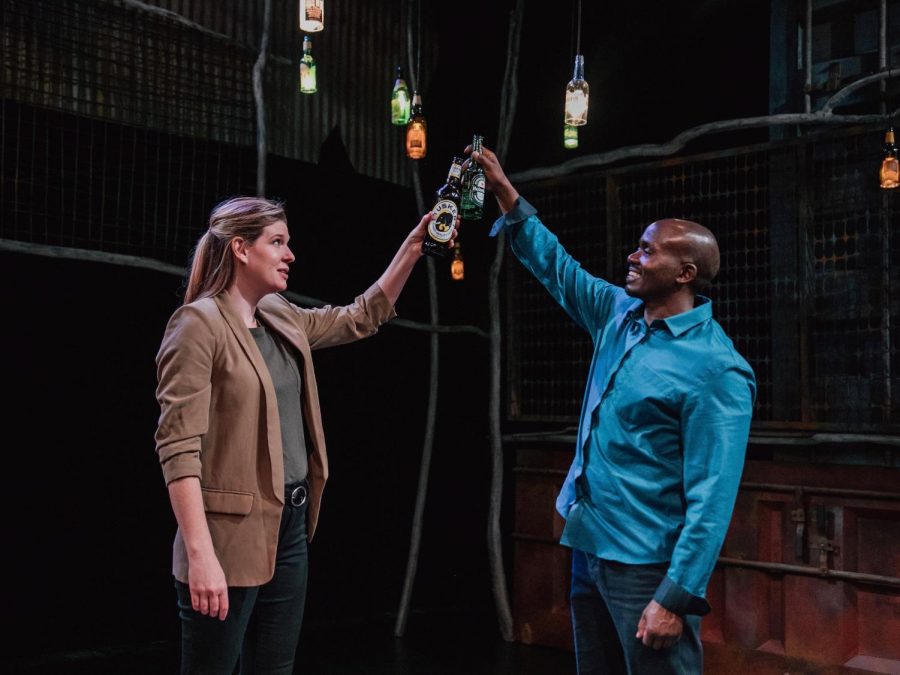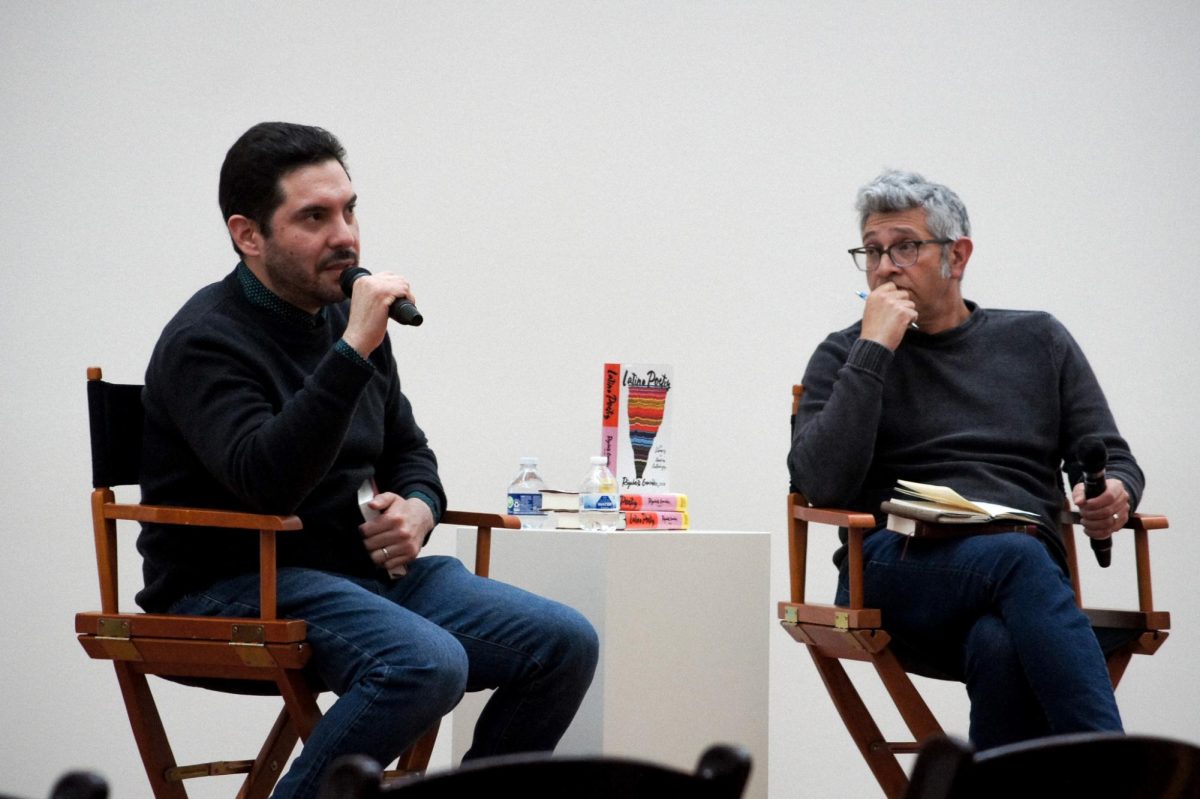SLAC’s ‘Death of a Driver’ Confronts the Rollercoaster of Friendship
Cassandra Stokes-Wylie and Patrick J. Ssenjovu in “Death of a Driver” at Salt Lake Acting Company. Photo Courtesy of McKenna Frandsen Photography
September 14, 2019
“Death of a Driver” from Salt Lake Acting Company is an engaging yet simple production about the importance of friendship in the midst of difficult times. Directed by University of Utah theater professor Alexandra Harbold, this new work has taken quite a journey to get to the SLAC stage. It was written by Will Snider and edited at one of SLAC’s Playwright’s Labs — where the two current actors in the show, Cassandra Stokes-Wylie and Patrick J. Ssenjovu, originally read the parts. Following these sessions, the show made its way to the off-Broadway theater Urban Stages, where Sarah Baskin played the role originated by Stokes-Wylie. Now, as SLAC Executive Artistic Director Cynthia Fleming said on opening night, “This show has come back home.”

“Death of a Driver” deals with the heavy topic of poverty conditions in Kenya. The story spans 18 years, alternating between two unlikely locations in Kenya — a bar and a prison. The only two characters in the play, Sarah (Stokes-Wylie) and Kennedy (Ssenjovu), find themselves put together at random, but in turn, develop a beautiful friendship. Sarah, an engineer, has come to Kenya as an aspiring graduate student from America with stars in her eyes and a goal to build real and stable roads in the area. In need of a ride, Sarah meets taxi driver Kennedy, who offers jokes and a loving nature —soon, he becomes her friend and first employee. Yet, like in any good production, audiences discover that not all is well. An underlying political tension is responsible for the divide between the two friends. Through the ups and downs, Sarah and Kennedy not only learn what it means to be a friend but how to navigate that rollercoaster.
SLAC’s black-box theater, featuring an intriguing and oddly beautiful set designed by Shawn Fisher, was well lit to represent the reality of the production. Hanging over the stage area are glass bottles which become the lighting fixtures. They are creatively used throughout the play. In two corners sit two chairs and next to them, two black crates hold endless supplies of beer and small costumes pieces to be changed into for later.

The use of staging and lighting was beautiful in a way which elevated the production. A raised platform in the center of the stage created the bar space. The passionate movement of the actors, creative lighting and a large, open stage made the bar scenes friendly and free, while also reflecting well on the dialogue. The surrounding area served as the space for the stationary prison scenes, using only one bottle light per actor. This effect portrayed a clear dichotomy between the two halves of the story. The use of single lights planted the actors, making the prison scenes appear stationary, powerful and focused.
“Death of a Driver” brings you along an 18-year journey in one hour, and leaves you in a thoughtful state which you may find hard to explain. The art of this production lies in the story it sets out to share — a raw, authentic story which makes you ask the hard questions about morality, outreach, friendships and more.
The show will run through Oct. 20. Student discounts are available with a U Card. Tickets are available for purchase here .












